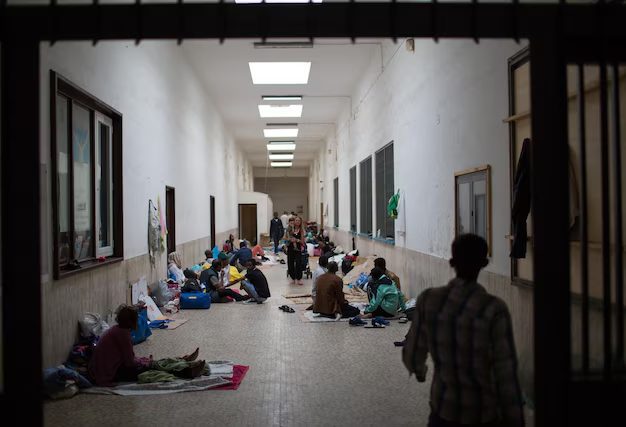Discovering Support in Salt Lake City: A Guide to Homeless Shelters and Beyond
In the heart of Utah, Salt Lake City stands as a beacon of hope for many seeking refuge and support in challenging times. With its bustling streets and vibrant community, the city embraces individuals from all walks of life. Yet, for those grappling with homelessness, finding a safe haven is crucial. Understanding the resources available, such as Salt Lake City homeless shelters, is the first step toward stability and recovery.
Where to Find Shelter and Safety
Homeless shelters in Salt Lake City offer more than just a bed; they provide a range of services aimed at supporting individuals in their journey toward self-sufficiency. Key options include:
The Road Home: Situated in the downtown area, The Road Home offers emergency shelter, case management, and access to housing programs. It aims to transition individuals from homelessness to permanent housing.
St. Vincent de Paul Dining Hall: While primarily known for its meal services, this establishment collaborates with local shelters to extend support and resources to those in need.
Salt Lake City Mission: Known for dedicating resources to helping the homeless tour self-recovery programs and community outreach.
These facilities not only provide a warm bed but also offer job training, counseling, and other supportive services designed to empower individuals.
Embracing Financial Assistance Programs
Beyond immediate shelter, understanding broader financial assistance options can resolve underlying issues contributing to homelessness. Salt Lake City and Utah at large provide various programs to support those in financial distress:
Government Aid Programs: Programs like Temporary Assistance for Needy Families (TANF) offer crucial financial support to those who qualify, helping cover the cost of rent, utilities, and other basic needs.
Salt Lake Community Action Program: Provides emergency financial assistance, helping individuals address utility bills and rent to prevent homelessness.
Exploring these avenues can alleviate immediate pressures, giving room for individuals to focus on long-term solutions.
Navigating Debt and Credit Solutions
For many facing homelessness, rising debts and poor credit can create seemingly insurmountable barriers. However, targeted solutions can help manage and even resolve these financial burdens:
Debt Relief Options: Programs offering credit counseling and debt management plans allow individuals to negotiate better terms with creditors, reducing monthly payments or interest rates.
Credit Counseling Services: Nonprofits often provide free or low-cost counseling, offering insights and strategies for improving credit scores and managing debt effectively.
Empowerment begins with education and the right resources, enabling individuals to reclaim financial stability and independence.
Unlocking Educational Opportunities
Education plays a vital role in breaking the cycle of poverty. Salt Lake City supports residents through:
Educational Grants: Scholarships and grants, often available through local colleges and universities, provide funding for vocational training or college degrees, equipping individuals with skills for better job opportunities.
Workforce Services Programs: These initiatives offer job-search assistance, resume writing workshops, and training programs tailored to current market demands.
By investing in education, individuals pave the way for sustainable and fulfilling careers, enhancing their quality of life.
Roadmap to Progress and Stability:
🔑 Salt Lake City Homeless Shelters:
- The Road Home
- St. Vincent de Paul Dining Hall
- Salt Lake City Mission
💵 Financial Assistance Programs:
- Temporary Assistance for Needy Families (TANF)
- Salt Lake Community Action Program
💳 Debt and Credit Solutions:
- Debt relief options
- Credit counseling services
🎓 Educational Opportunities:
- Scholarships and grants
- Workforce Services Programs
Finding stability and hope in Salt Lake City is possible for those facing homelessness. By leveraging local resources and broader financial and educational programs, individuals have the means to rebuild their lives, ultimately ensuring a path toward a healthier and more secure future.
